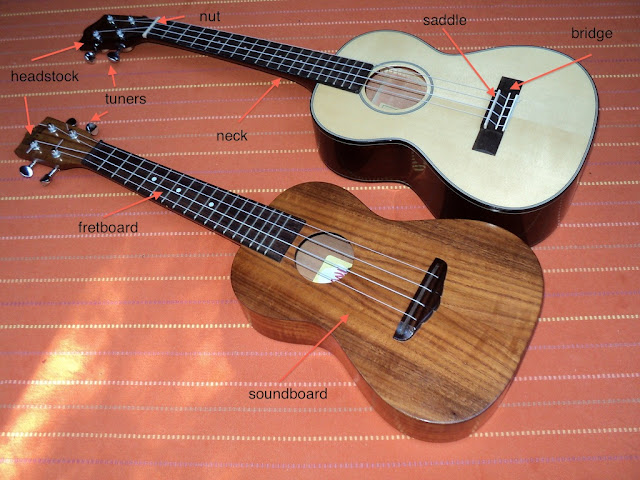
Best selling wood projects
My first Ukulele - here goes ..................
Ive been ruminating on this for weeks now, and its time to make a start. After much research, and not a little searching for appropriate timber, Im actually in the starting blocks and ready to go.
Since this is my first Uke, I am going to treat the whole build as a learning experience. Join with me and watch the progress and the mistakes as we travel this luthiered road together.
Timber Selection
I have acquired some very nice timber for the project(s) but have decided to keep the better pieces for later builds, in case I stuff up badly on the first attempt.
Some tonewoods that I have acquired for the tops and the body includes:
- Huon Pine
- King Billy Pine
- Tasmanian Myrtle
- Tasmanian Blackwood
- Black Heart Sassafras

The soundboard will be western red cedar. These pieces have been ripped down from some ship-lap boards from my brother in laws kitchen - left over after his recent renovation. They are very old and nicely quarter sawn.
The fretboard, headstock and bridge will be made of Australian rosewood. As this is my first ukulele, I am bound to make some mistakes in the build. Better to do that with less exotic timbers, and save the good stuff for later ukeuleles.
Just to refresh your memory on uke nomenclature here is a quick revision:

The back and sides will be ripped from some figured sassafras, and the neck will be made up of some laminated straight grained sassafras as well.
The linings will be made from paulonia - because I found a piece in the woodpile - and it is light and should prove quite satisfactory.
Making The Linings
Linings are the curved strips that adhere to the sides and assist the gluing of the soundboard and the back of the ukulele. These can be purchased from music suppliers, but I decided to make my own.
Ill use the table saw, and this is what I will end up with before cutting into strips:

To get to this point, I made up a little jig which is screwed to the mitre gauge. It is simply a pin hammered into the face of the mitre gauge - 5mm from the cut line.

The cuts are made in the surface of the piece of paulonia so that they leave about 1/8 of the thickness remaining. These multiple kerfs allow the linings to be bent, to follow the curves of the sides of the ukulele.
After each cut, the kerf that has just been made is placed over the pin, and the cut repeated 5mm away. This continues until the board is mostly kerfed. There will be a small amount at the end that wont be done, as it is too small to be supported by the mitre gauge - and too dangerous to attempt without it.

Once the kerfing is complete, I cut this kerfed board into thin strips on my bandsaw.

Here are the finished linings:

The linings are easy to bend, and will be put aside until the body assembly stage of construction.

Next step will be to rip the pieces of sassafras for the sides and back. That will have to wait until next time.
This is going to be fun ...... cant wait ........
...... and happy woodworking to all ....................
Best selling wood projects

0 komentar:
Posting Komentar